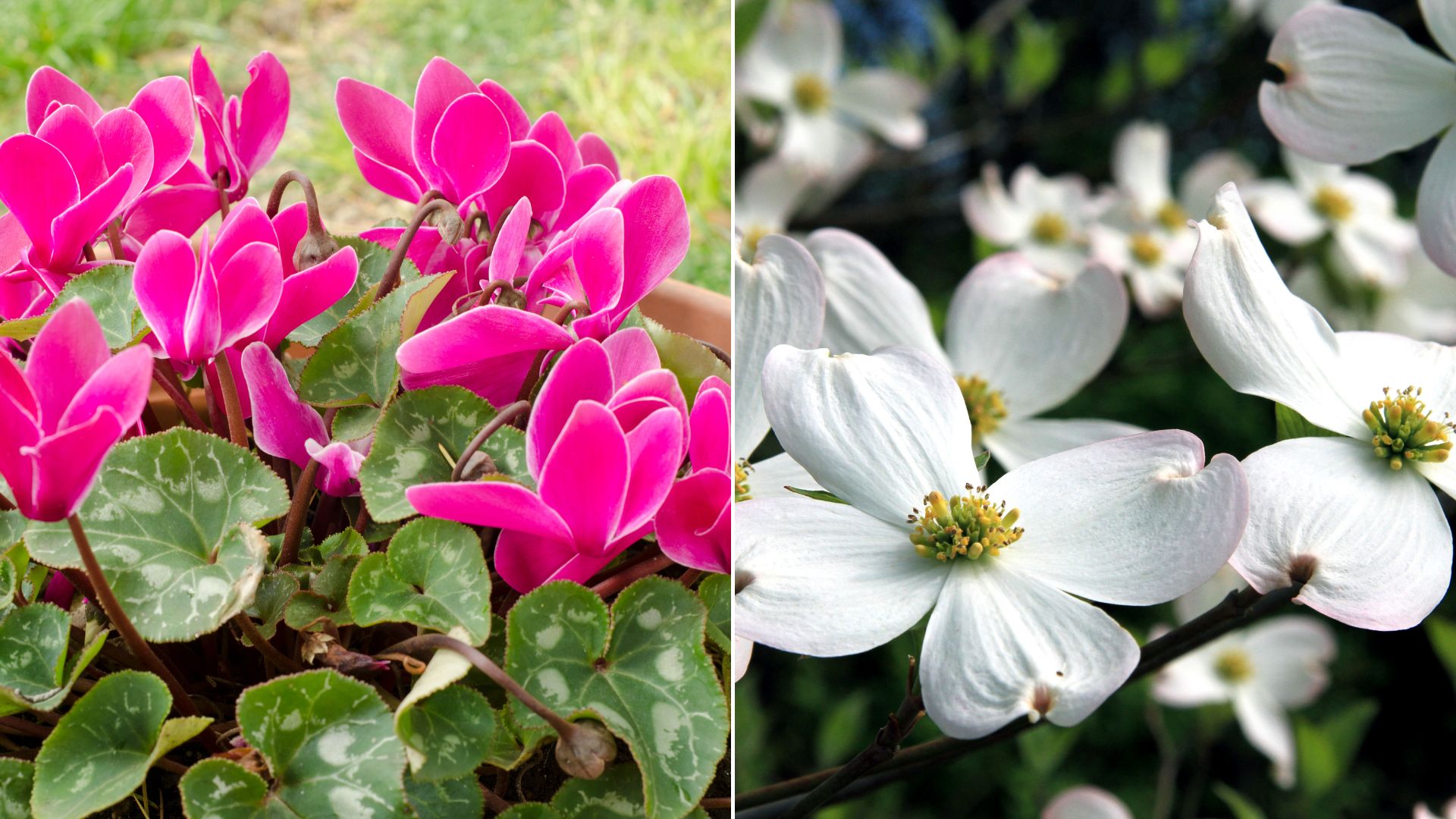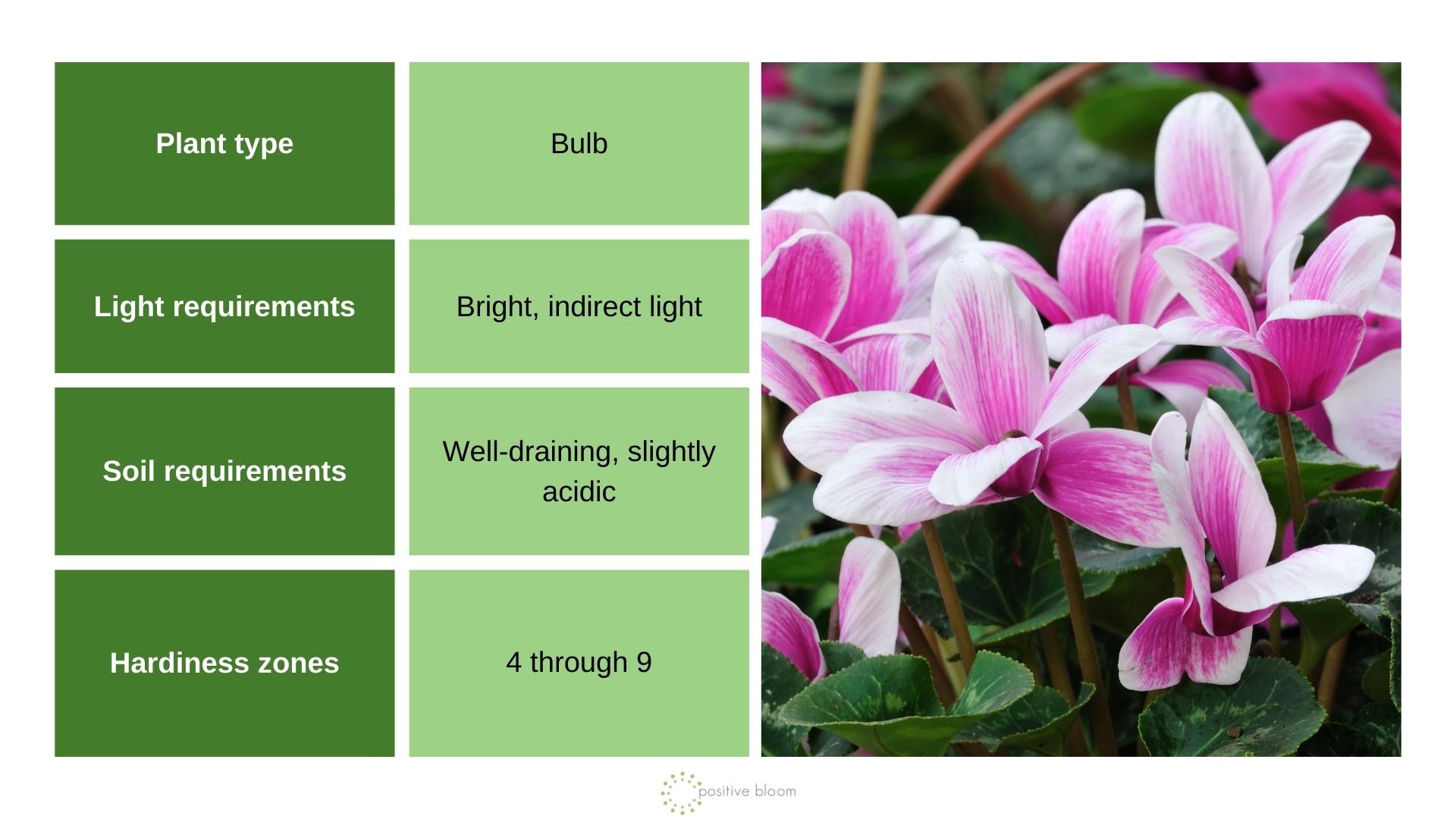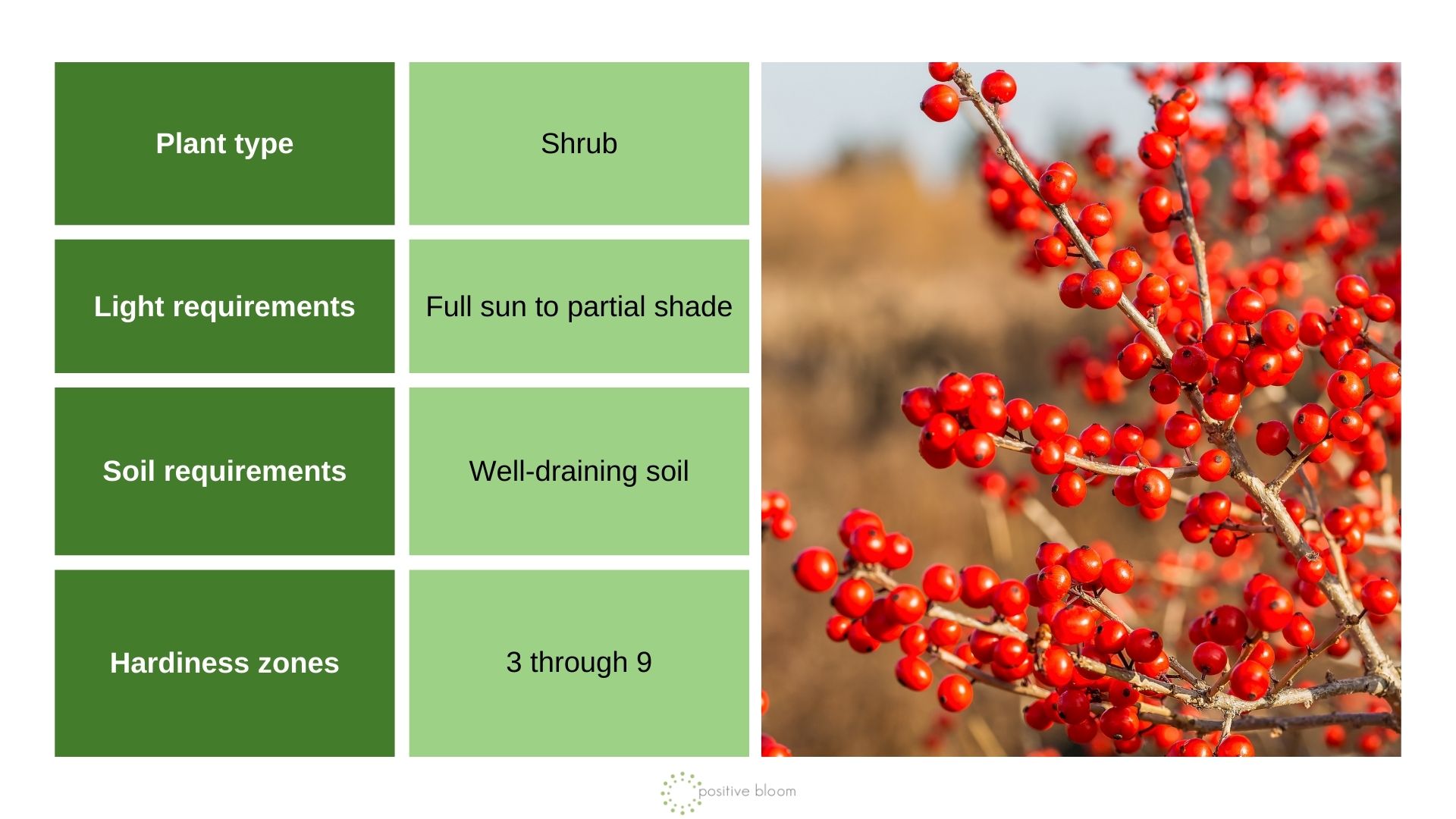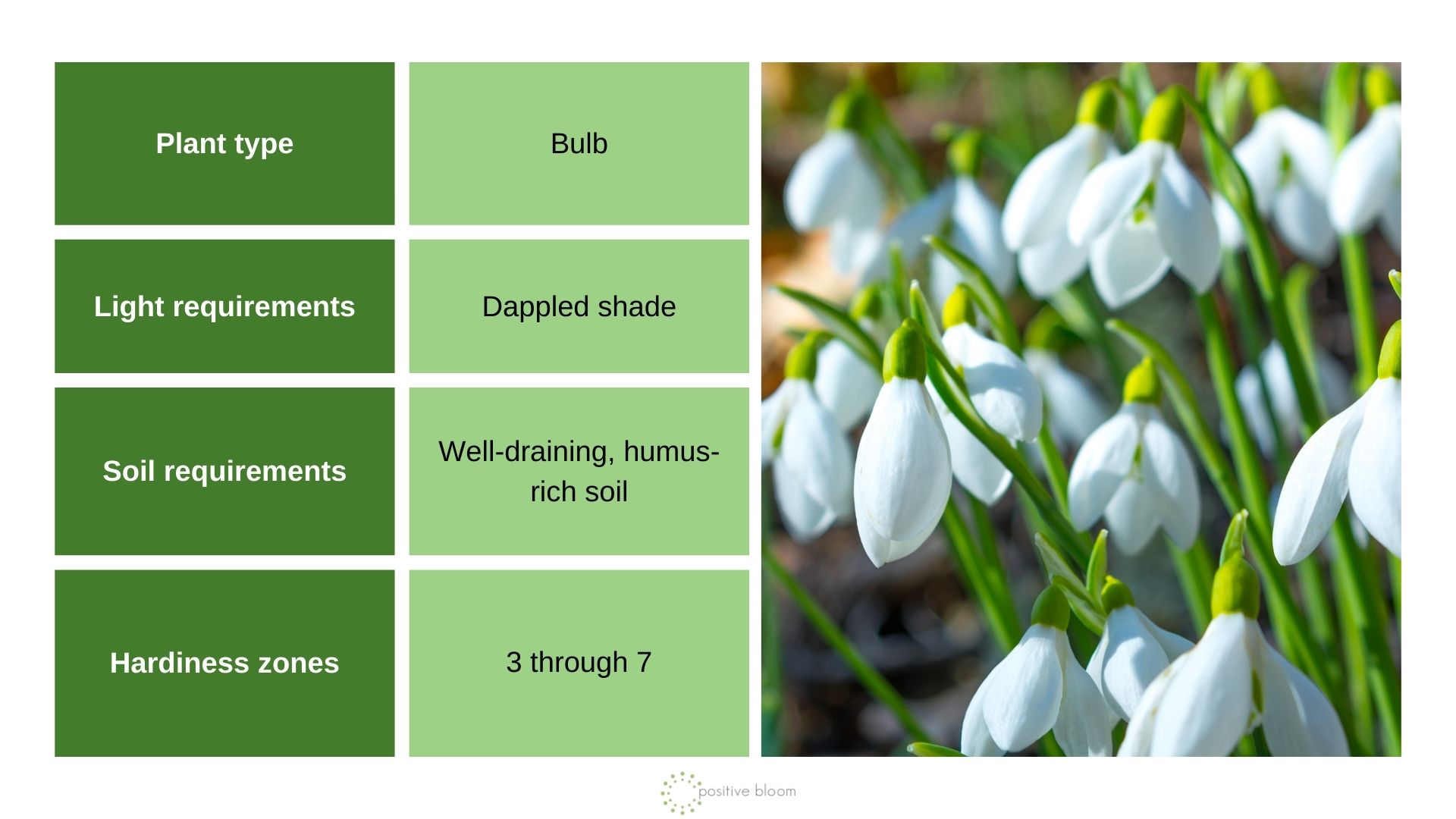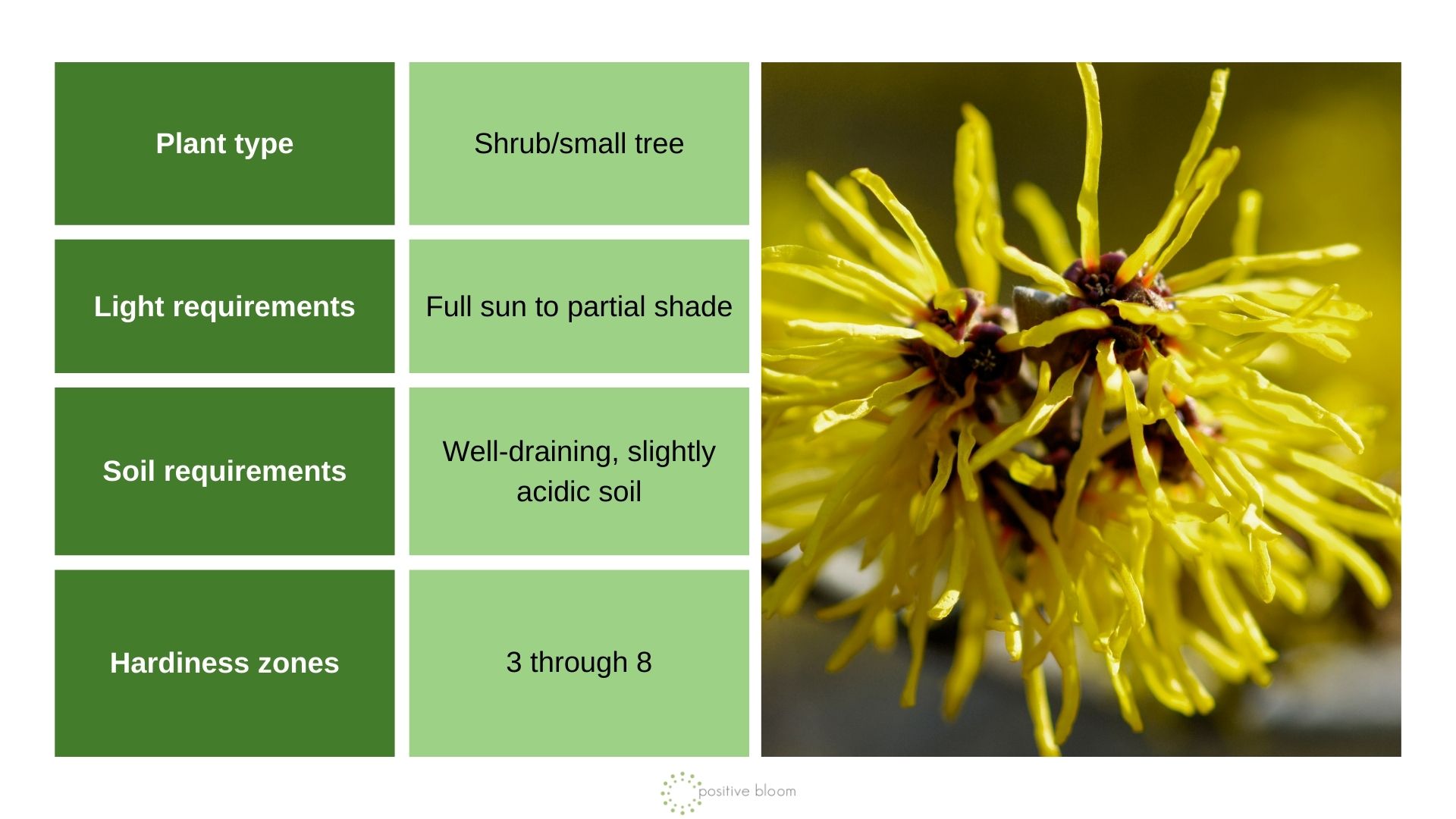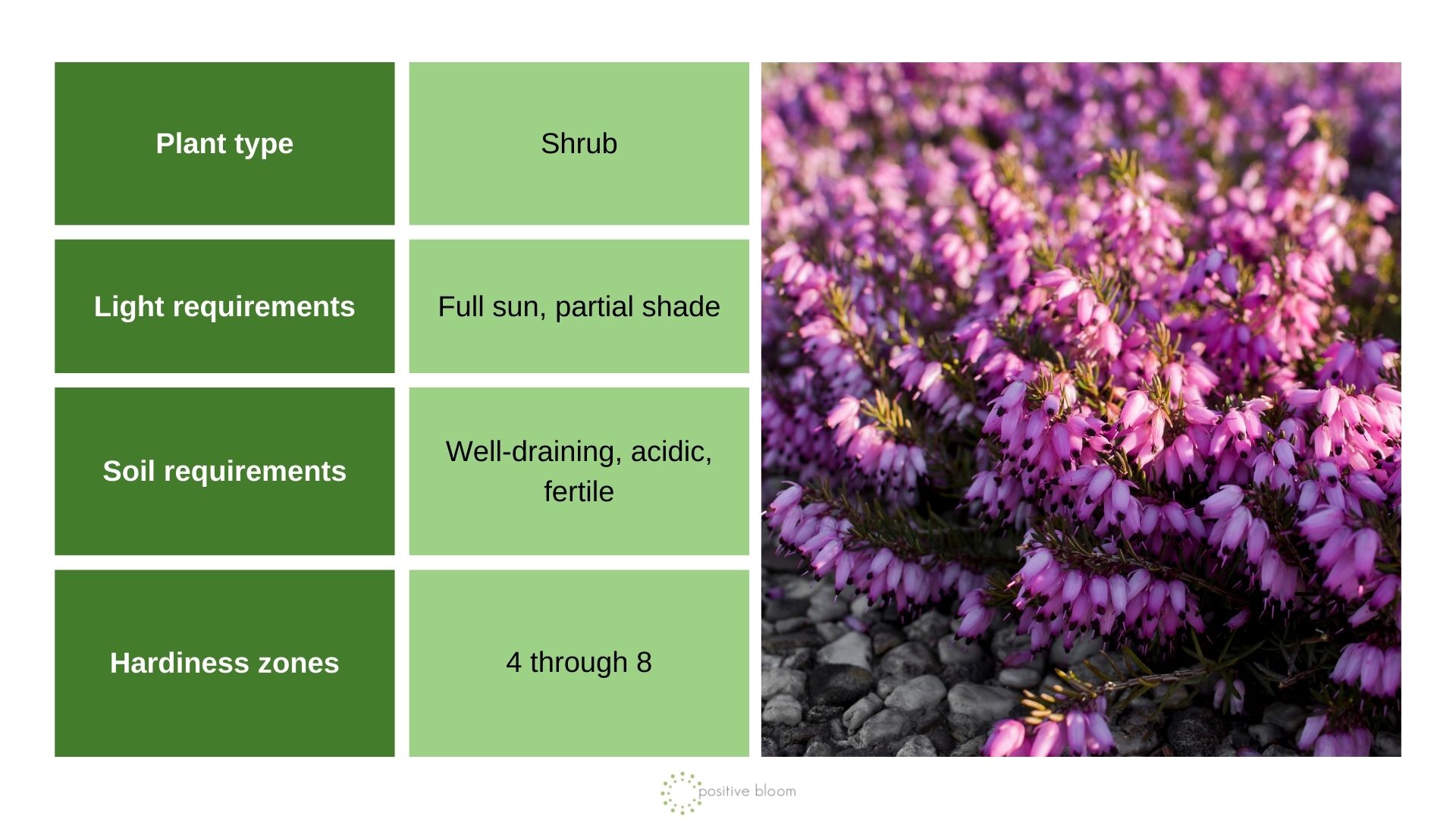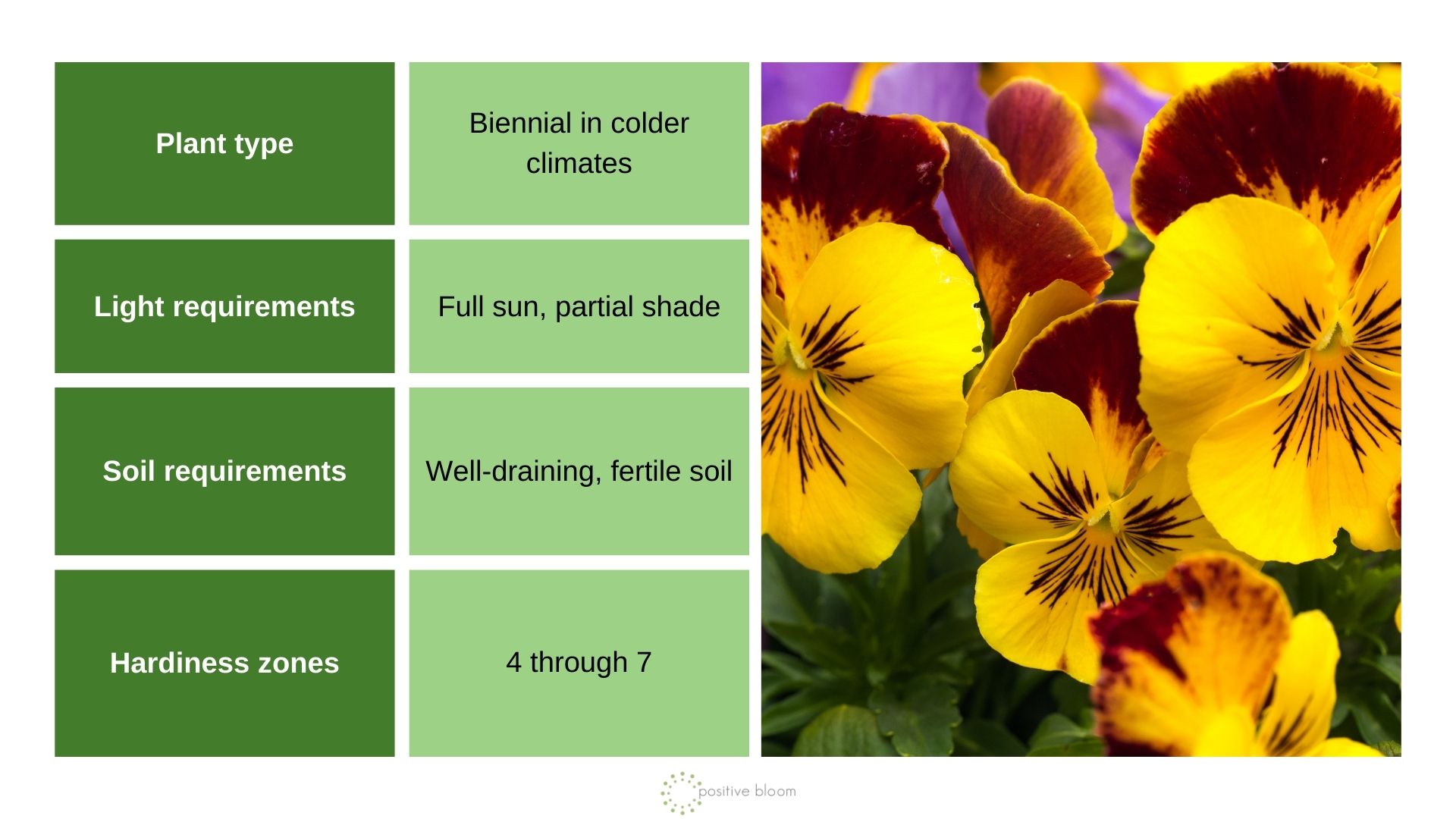It seems as though all color disappears once the summer ends… During the winter season, most gardens look empty and sad. However, that doesn’t have to be the case.
There are a couple of frost-hardy plants that not only survive frosty temperatures but often thrive in them, adding year-round interest to your garden. Bulbs, shrubs, trees, and even some flowering plants don’t mind growing under a snow layer.
So, if you want to have a thriving garden for the whole year, consider planting some of these frost-hardy beauties!
1. Cyclamen
We are starting off our list with cyclamen. These are hardy plants that grow from miniature bulbs. They produce heart-shaped leaves that have unique variegations. In late winter and early spring, these plants produce elegant flowers in pink, white, and purple colors.
These are fuss-free plants that only need watering during dry spells. However, they do benefit from annual mulching. Keep them in shaded areas and make sure not to plant them too deep because this might prevent flowering.
Also read: 24 Plants To Keep Your Garden Vibrant And Lively During Winter
2. Dogwood
Dogwoods, otherwise known as Corneus, are deciduous shrubs or small trees famous for their colorful bark that has green, yellow, red, and orange colors. They also produce berries that combine perfectly with the bark and foliage.
These unusual shrubs grow well in full sun, but they can also tolerate some partial shade. Well-draining soil that is also slightly acidic and fertile is perfect for growing dogwoods. Prune to maintain the desired shape and remove dead or diseased branches.
Here’s our recommendation: Cherokee Princess Dogwood: Everything You Need To Know
3. Winterberry
Winterberry is a deciduous holly known for its resilience and vibrant red berries that grow during fall and winter. These berries truly stand out between the shrub’s bare stems, especially with a white background when the snow falls.
These berries also attract different types of birds during winter, thus making your garden look more lively. However, it’s important to note that you need both female and male plants for berries to be produced.
Keep your winterberry in full sun to partial shade. This plant is not too picky about soil but it does prefer a well-draining one. Prune your winterberry in the spring to control its shape.
4. Snowdrops
Snowdrops are among the earliest bloomers in late winter and early spring. These very hardy plants can survive -25 degrees Fahrenheit and grow and thrive under winter snow. The flowers are small, nodding, and white with green stems.
October and November are perfect for planting snowdrops and you should expect flowering from January to April. Then, these petite plants will die back and stay dormant until next season.
You can pick and choose from different snowdrop varieties, although one of the most common ones is Galanthus ‘Elwesii’. Make sure to keep them in partial shade, although they can tolerate full sun or deep shade.
If you need some help planting bulbs, you should check out: 6 Steps For Planting A Bulb Lawn
5. Witch Hazel
Witch hazel is a beautiful winter-flowering shrub or small tree that’s known for its late winter to early spring blooming. Its flame-like flowers come in shades of yellow, red, or orange and they appear on bare branches to create a wonderful display in the winter landscape.
It is a hardy plant that can tolerate temperatures as low as -30 degrees Fahrenheit. They grow best in full sun and well-draining soil. Plant Witch hazel in spring or fall and water it during dry spells.
6. Winter Heather
Winter heathers are usually seen in garden centers during fall and winter. These low-maintenance plants are perfect for containers and window boxes, but you can put them anywhere you want (as long as their needs are met!).
Winter heather doesn’t have this name for no reason – they can endure low temperatures, which may even boost the color of the leaves. Additionally, they also produce small, bell-shaped flowers that grow during the colder months.
Put Winter heather in a sunny spot and make sure the soil is fertile.
7. Winter Pansy
We are finishing our list with frost-hardy plants known for their cheerful, colorful flowers. They come in a variety of hues and often have distinctive “faces.” What’s also interesting is that these plants are actually bred to endure cold temperatures.
Winter pansies can truly brighten up any garden from fall through spring!
Keep your winter pansy in full sun to partial shade. These plants stop blooming when the temperature drops below 25 degrees Fahrenheit, but they do tolerate lower temperatures and start blooming again once the weather gets warmer.
In case you are growing your winter pansy in a container, you will have to consistently water it to keep the soil moist. Plant them in well-draining, fertile soil and watch them grow and thrive!
Also read: How To Grow Ornamental Cabbage For A Color Boost In Your Winter Garden

